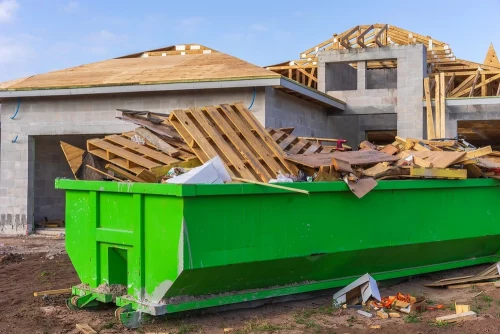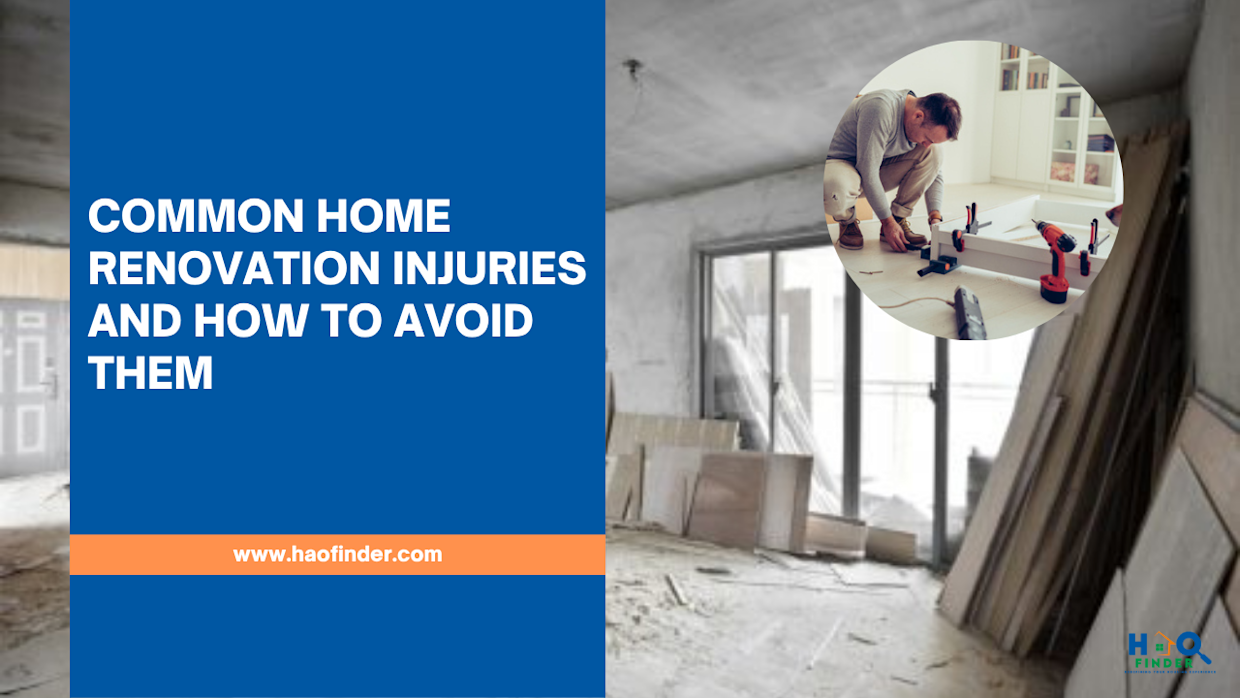Home renovations promise a fresh start, but they can quickly turn chaotic - and painful. Did you know that the Consumer Product Safety Commission reports over 200,000 emergency room visits annually from DIY home improvement mishaps? From slips on sawdust to strains from hauling lumber, these injuries sideline enthusiasts and rack up medical bills. The good news? Most are avoidable with smart habits and foresight. In this guide, we'll break down the top culprits - falls, cuts and punctures, musculoskeletal strains, electrical shocks, and respiratory issues - and arm you with prevention tips.
Falls: The Silent Tumble
Falls top the list, causing about 40 percent of renovation injuries. Picture teetering on a wobbly ladder while hanging cabinets or tripping over extension cords in a cluttered garage. Uneven floors during demo work exacerbate the risk, leading to sprains, fractures, or head trauma.
Avoidance starts with stability. Use ladders rated for your weight, set up on firm, level ground, and have a spotter for overhead tasks. Secure scaffolding with guardrails, and wear slip-resistant shoes. Clear pathways daily - tape down cords and store tools immediately. Invest in a tool belt to keep hands free and reduce reaching. Pro tip: Mark "no-go" zones with caution tape around high-risk areas like open stairwells.
Musculoskeletal Strains: The Heavy Lift
Backaches and pulled muscles plague 30 percent of reno warriors, often from awkward lifts or repetitive motions like sanding. Carrying sheetrock solo or twisting to nail trim invites herniated discs.
Lift smart: Bend at the knees, keep loads close to your core, and use your legs, not your back. Team up for anything over 50 pounds - get a dolly or hand truck. Stretch before and after sessions to loosen up. Ergonomic tools, like lightweight hammers, reduce strain. And here's where Waste Removal USA dumpsters come in: Overloaded or poorly placed dumpsters turn debris disposal into a backbreaker. Position your rental dumpster on flat ground near the action, but not in traffic paths, to minimize long hauls. Load evenly with wheelbarrows or conveyor belts, and never climb in - use the drop-off edge. Schedule frequent pickups to avoid overflow, which tempts unsafe stacking. This simple integration cuts strain by 50 percent.
Electrical Shocks: Live Wires, Dead Projects
Frayed cords or ungrounded outlets zap thousands yearly, causing burns or cardiac arrest. Rewiring without shutting breakers is a recipe for disaster.
Stay grounded - literally. Test GFCI outlets and use extension cords rated for outdoor/wet use. Unplug tools when idle, and inspect for damage daily. Hire electricians for anything beyond basics; DIY wiring invites code violations and fires. Lock out/tag out breakers during work, and keep a fire extinguisher handy.
Respiratory Woes: Dust and Fumes
Sanding, painting, and demo release silica dust and VOCs, triggering asthma or long-term lung damage. Masks help, but poor ventilation amplifies exposure.
Filter the air: Wet-sand or use HEPA vacuums to capture particles. Wear N95 respirators for dusty tasks, and ventilate with fans exhausting outdoors. Opt for low-VOC paints. For chemical-heavy jobs, like stripping old finishes, work in short bursts and monitor air quality with cheap testers.
Wrapping Up: Safety First, Savings Follow
Renovations should energize, not exhaust or endanger. By tackling these common injuries head-on - through gear, habits, and planning like strategic dumpster use - you safeguard health and budget. Consult pros for complex tasks, and remember: A pause for safety beats a trip to the ER. Your dream home awaits, injury-free.

DIY Smart: Your Project Safety Checklist
Ready to tackle your next project? A little prep is your best tool for making sure your DIY success is also a safe one. Before you start, check the forecast and pick a day with good weather. It is also a good idea to keep your workspace a kid and pet free zone while you work.
Once you are ready to begin, keep these pro tips in mind for a smooth and safe experience.
1. Minimize Distractions Give your project your full focus. Silence your phone, take your time, and break big tasks into smaller steps. Rushing is a common cause of accidents.
2. Gear Up and Be Prepared Suit up for success. Always wear protective goggles, a mask, gloves, and sturdy shoes. Keep a fire extinguisher and a first aid kit close by. And remember, a sharp tool is a safe tool. A dull blade is more likely to slip and cause an injury.
3. Buddy Up for Big Tasks Some projects are more fun and much safer with a friend. For any job that involves power tools, heavy lifting, or working high up, an extra set of hands is a huge help and a great safety net.
4. Breathe Easy When you are working with paints, stains, or anything that creates dust, make sure you have plenty of fresh air. Open windows, use a fan, and consider blocking off the area to contain the mess.
5. Do not Forget the Basics Working outside? Do not forget to put on sunscreen, wear a hat, and drink plenty of water to stay hydrated. Staying comfortable helps you stay alert.
6. Respect Electricity For any electrical work, your first step must always be to shut off the power at the circuit breaker. This is a non-negotiable rule for your safety.
7. Practice Ladder Safety Use a sturdy ladder that is the right size for the job. Never stand on the top two rungs, and for extra stability, have a helper hold it steady for you.

Know Your Limits: When to Call a Pro
As advised by one of Henry Ford Health's Staff, the mark of a savvy DIYer is knowing when to call in a professional. Before you start, be honest about your skills. Do you have the knowledge to finish the task safely?
Some jobs come with serious risks and are best left to the experts. If your project involves any of the following, it is time to make the call.
- Gas line repairs
- Major electrical work, like panel upgrades
- Significant roofing repairs
- Removing toxic materials like lead paint or asbestos
- Locating underground utility lines before you dig
By planning ahead, putting safety first, and knowing when to call for backup, you can take on your next project with confidence. Now go create something amazing, and do it safely.


